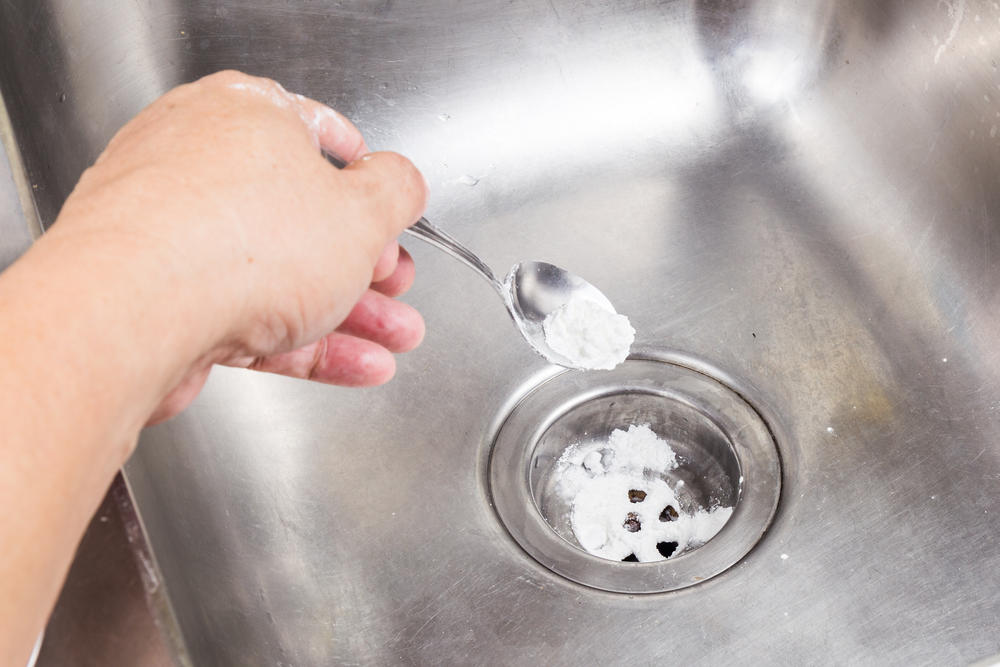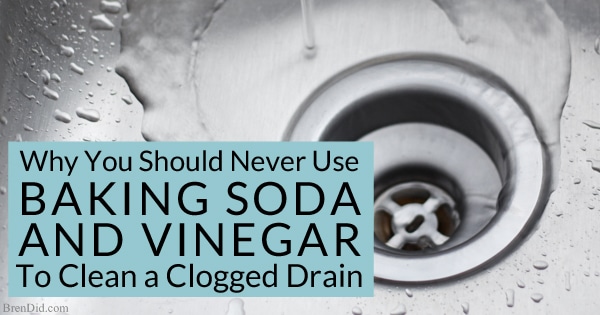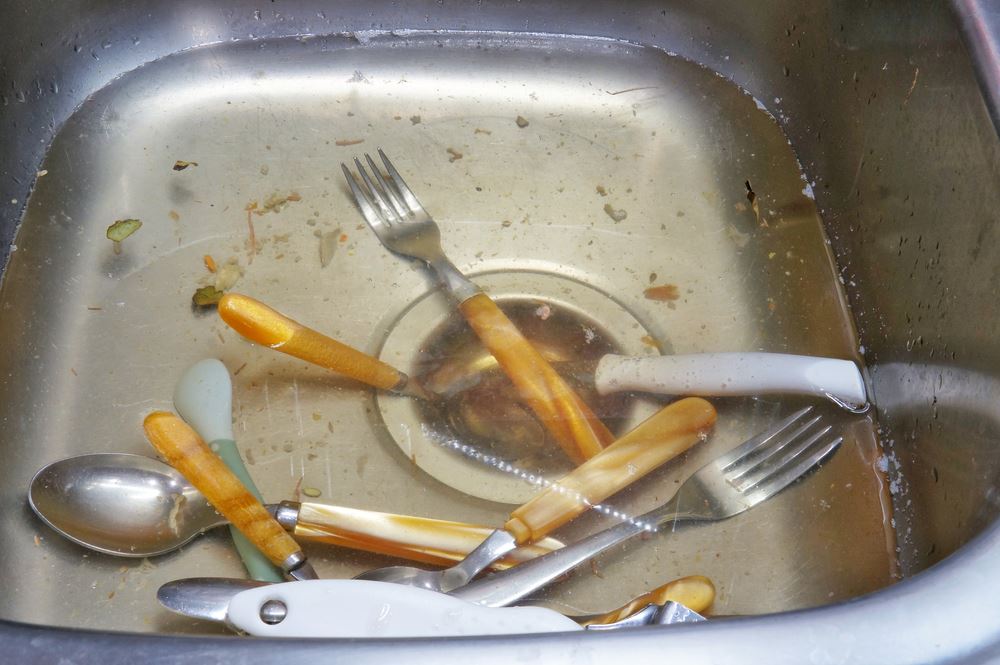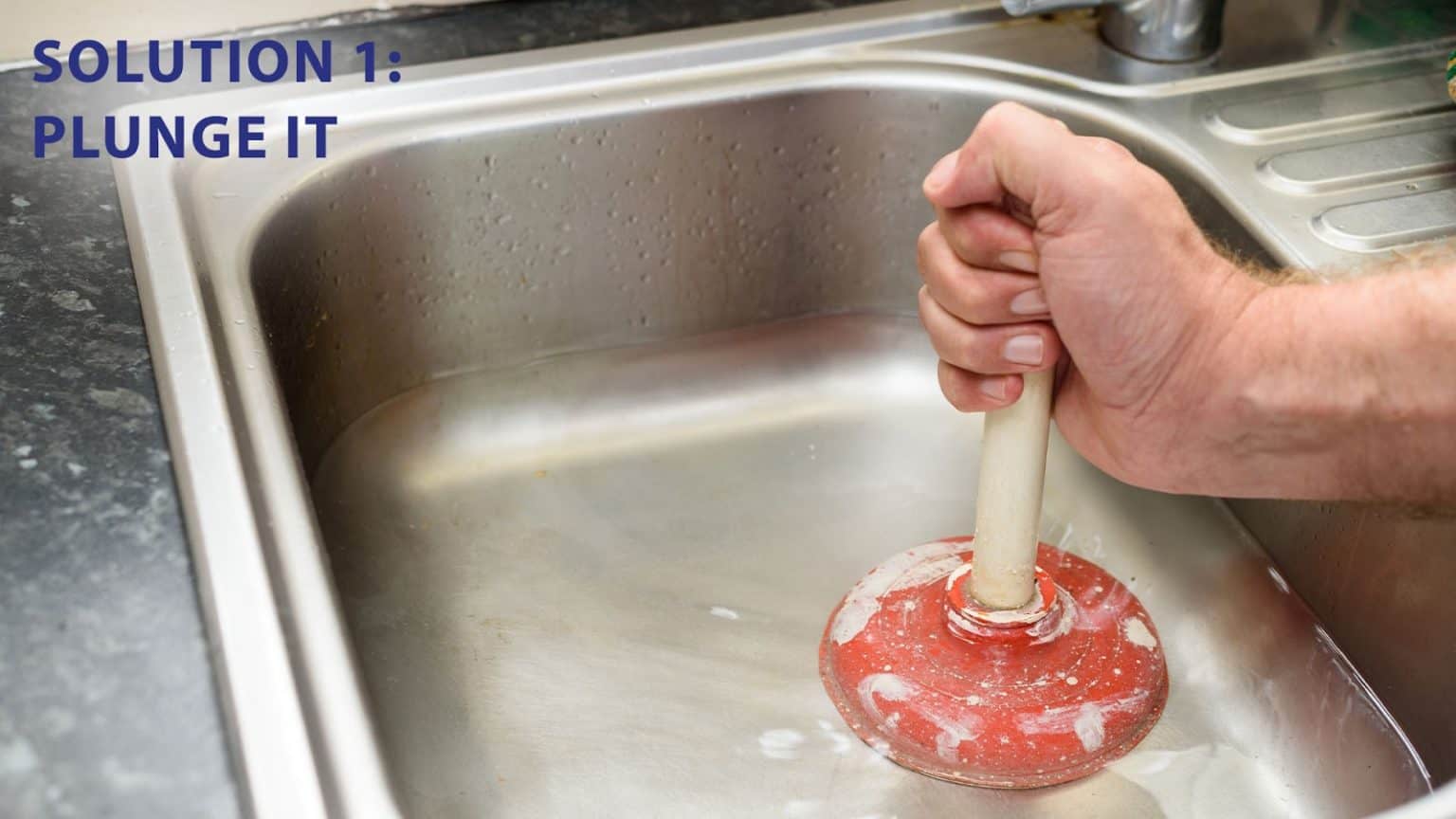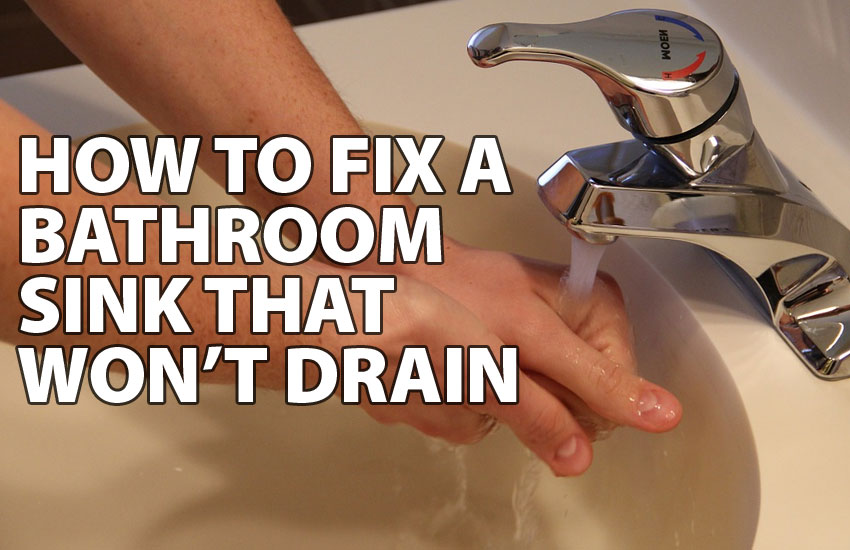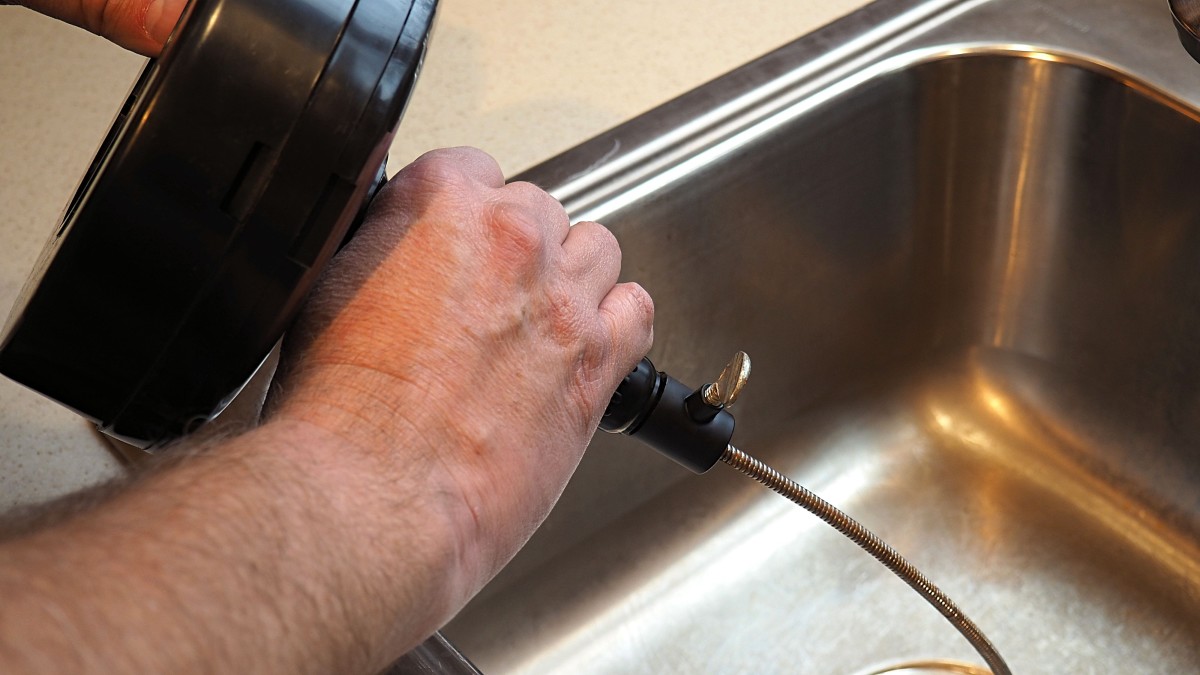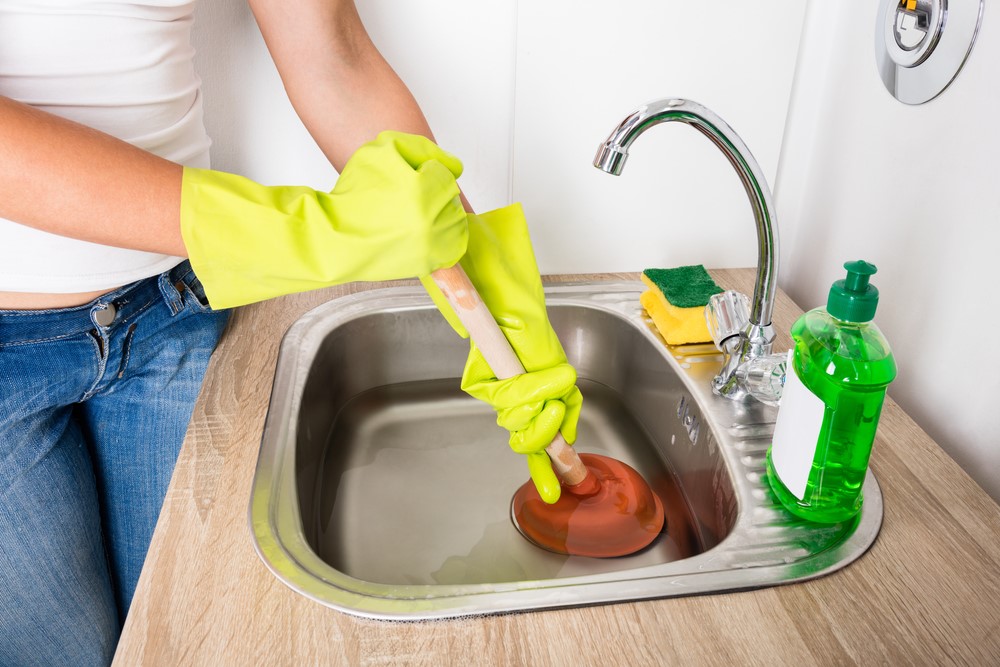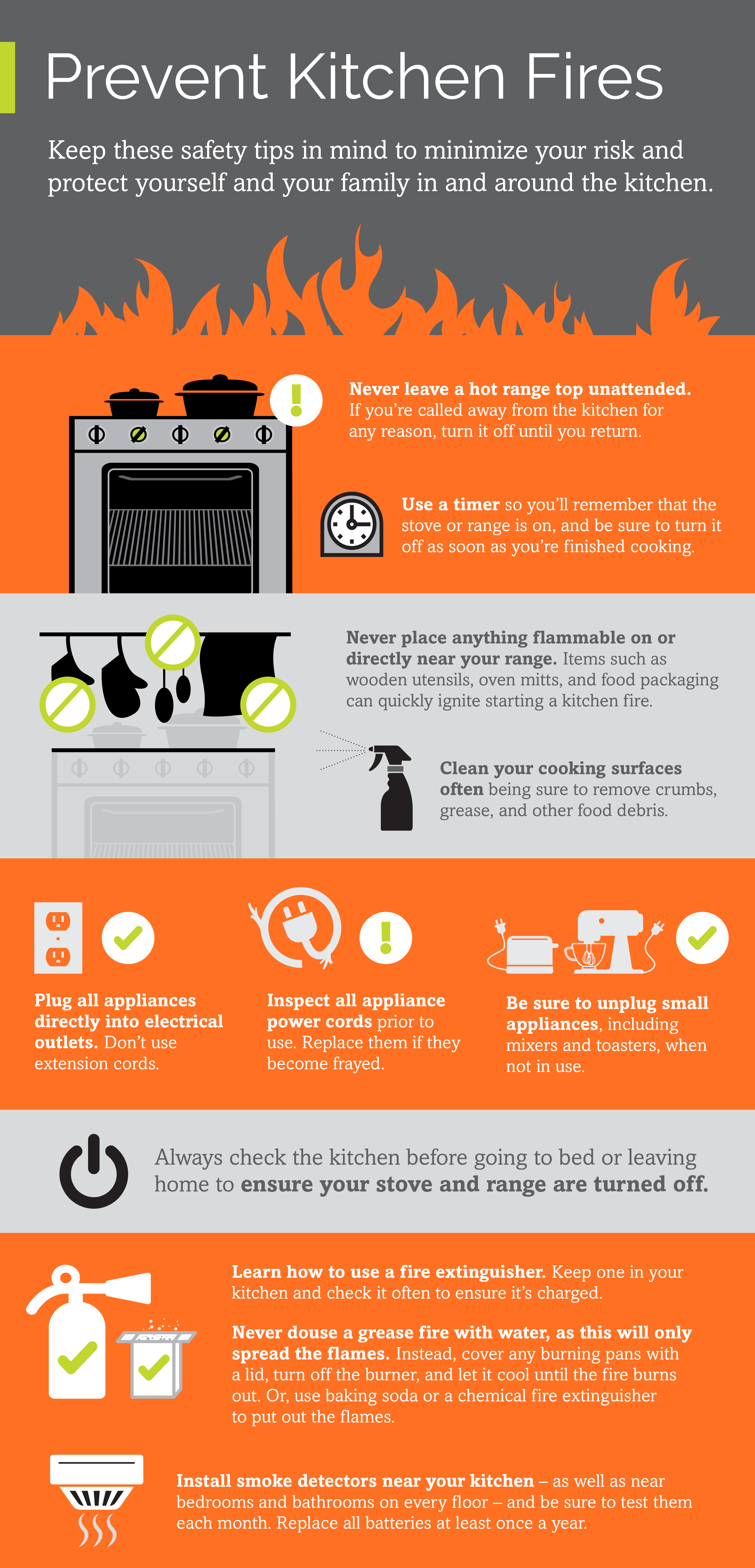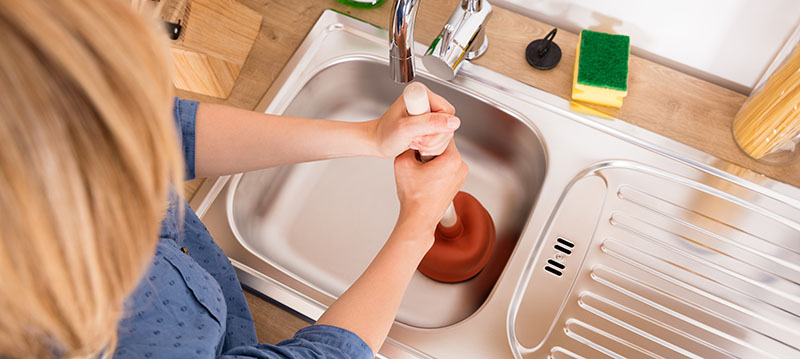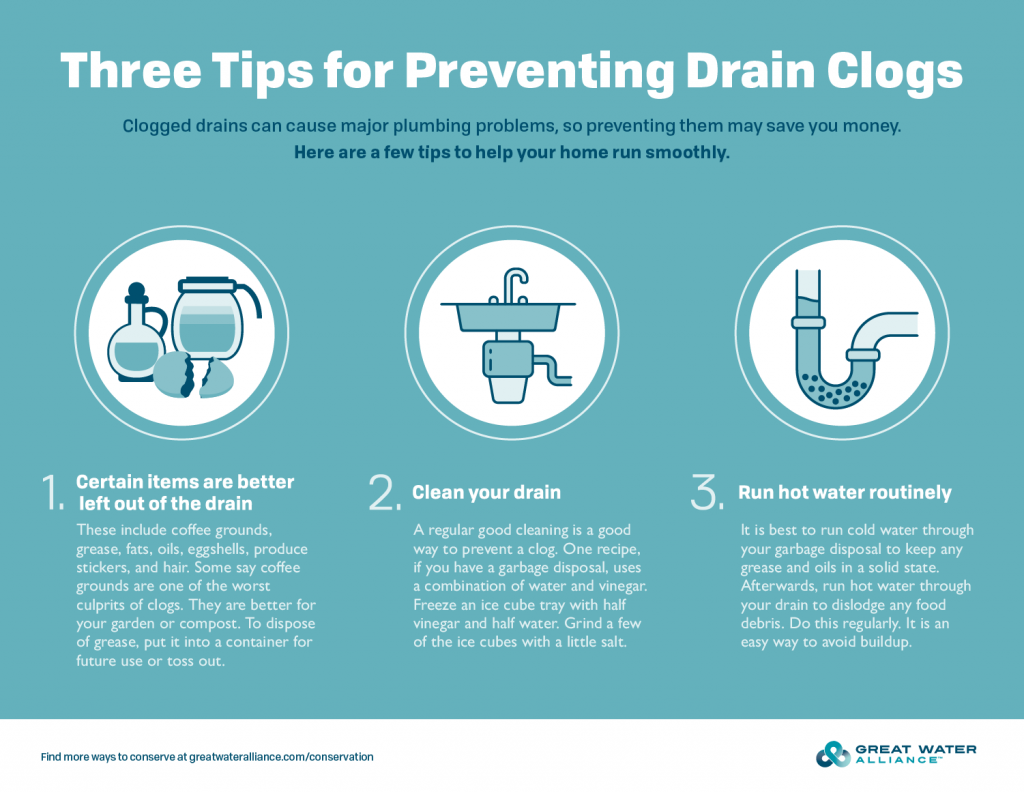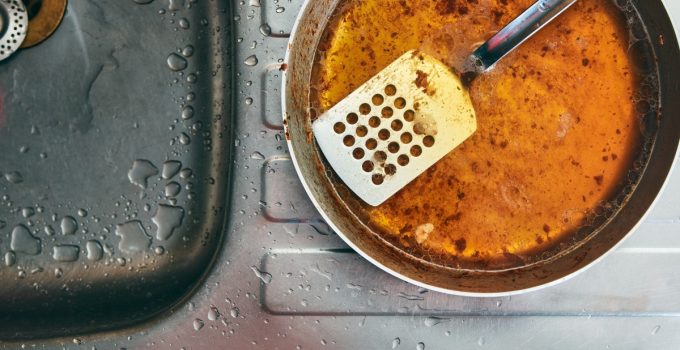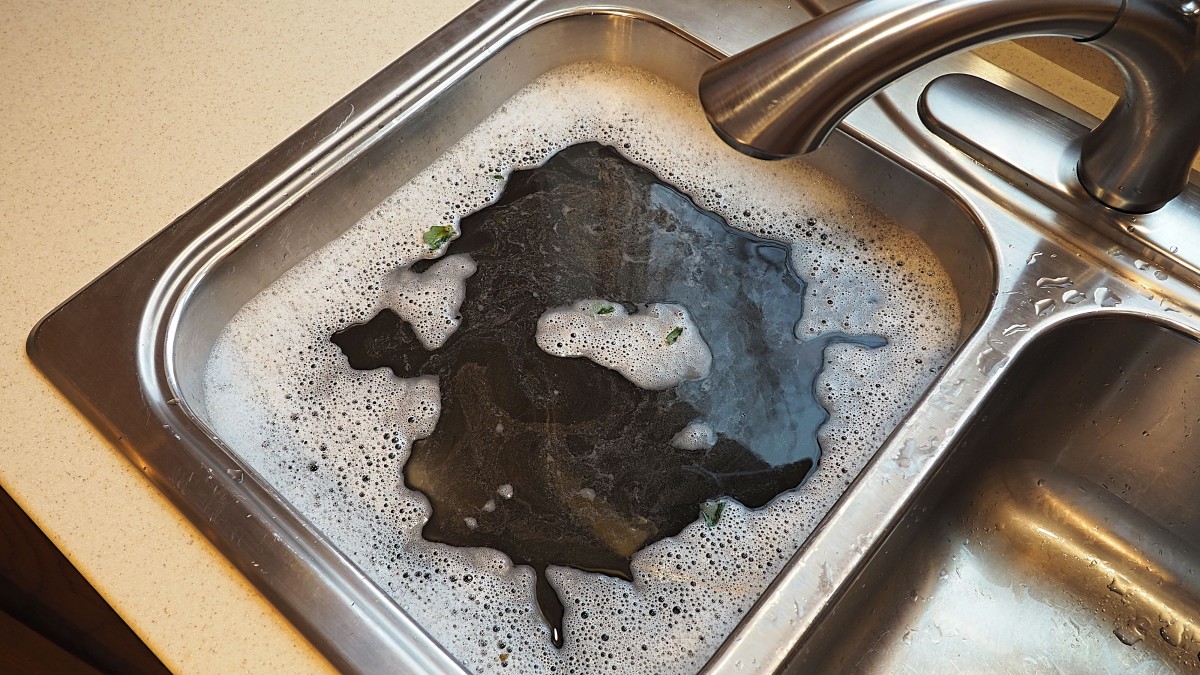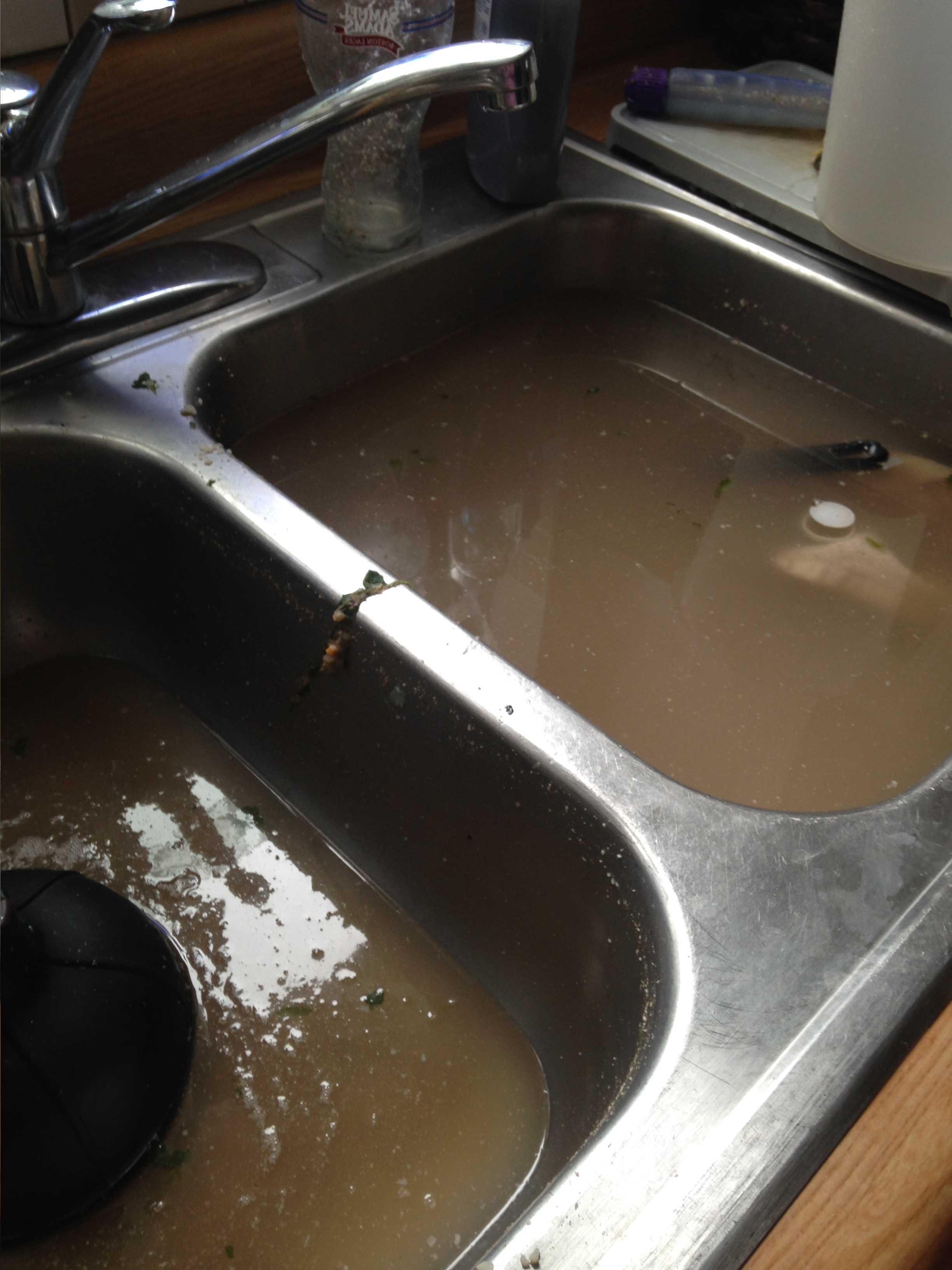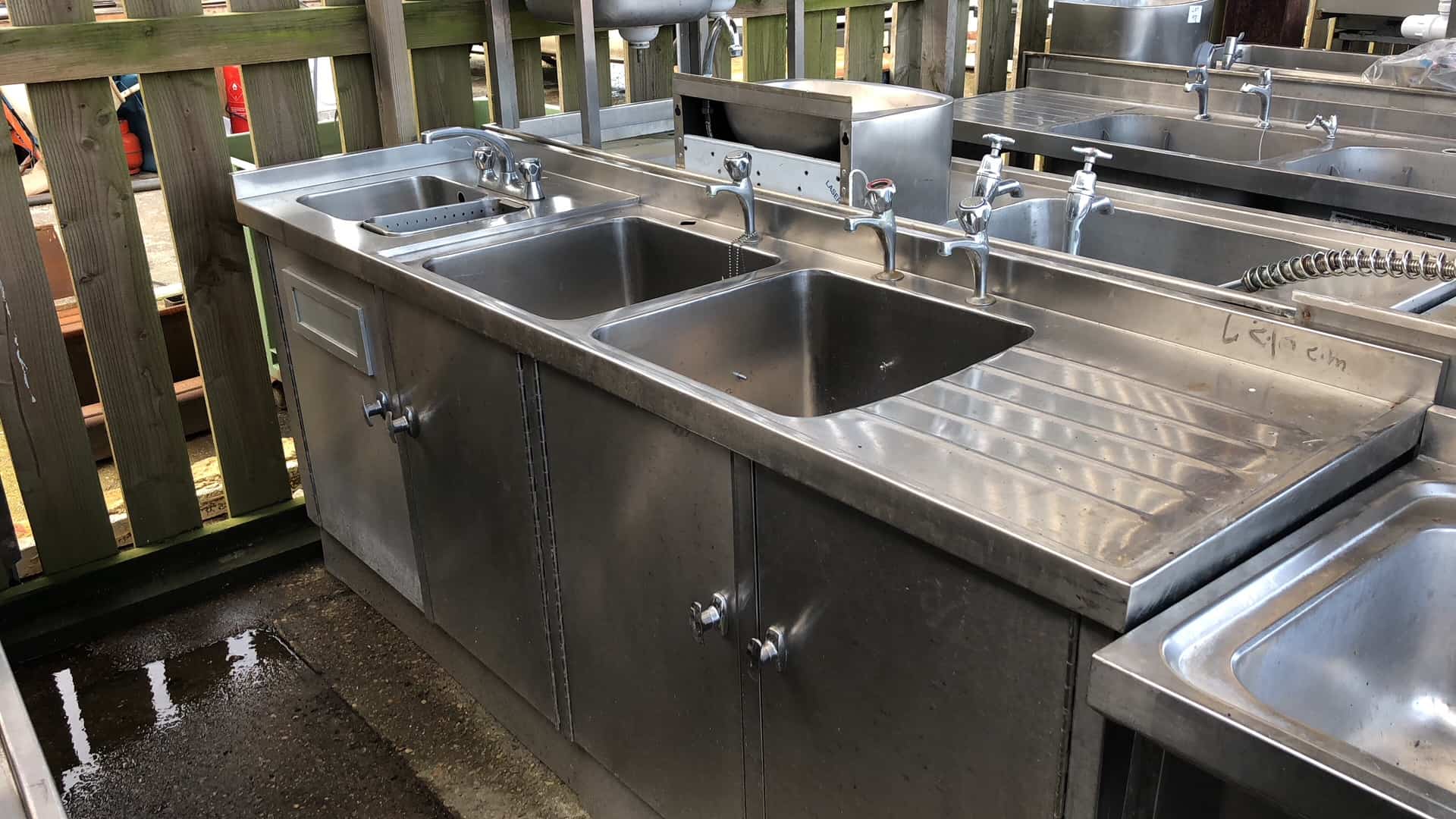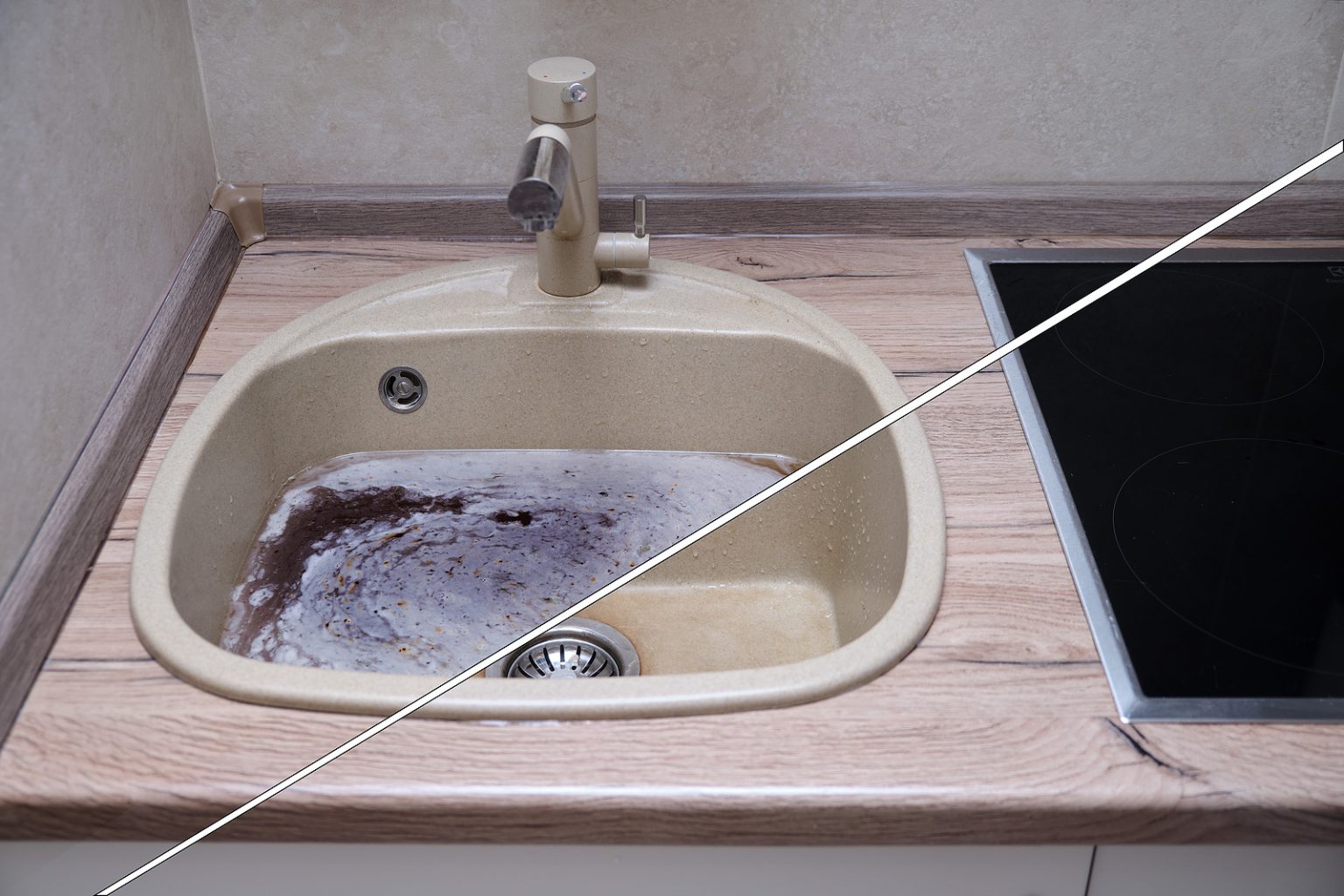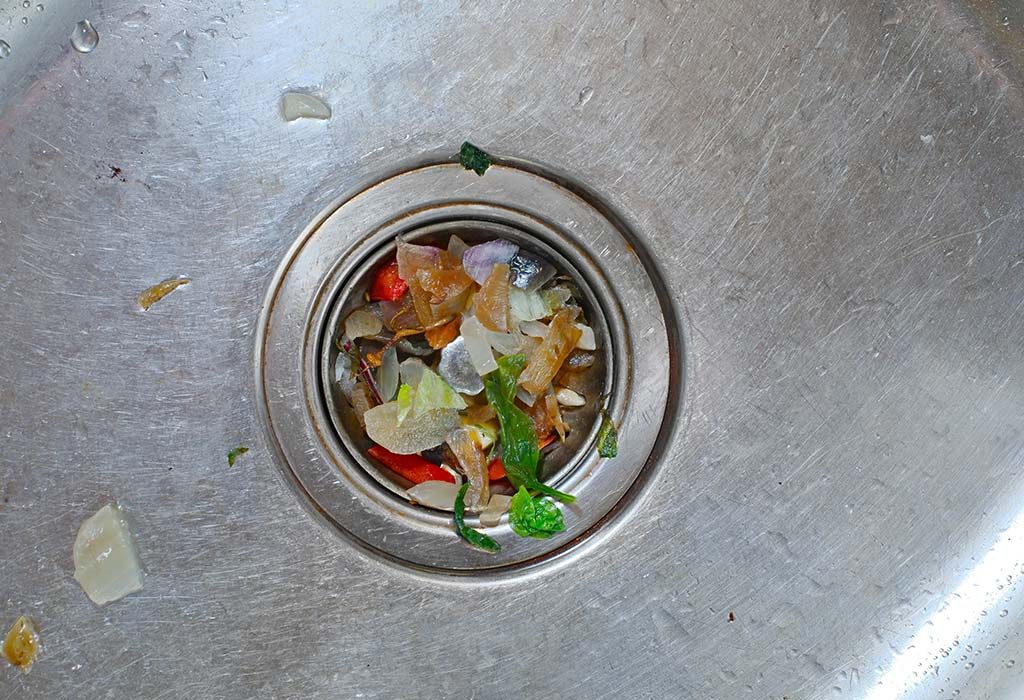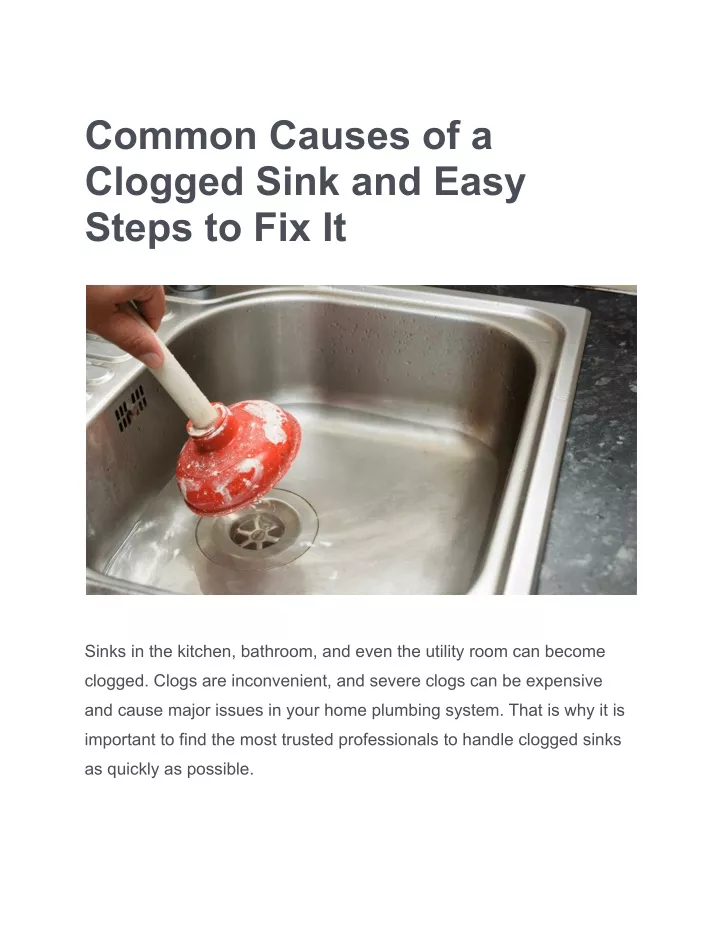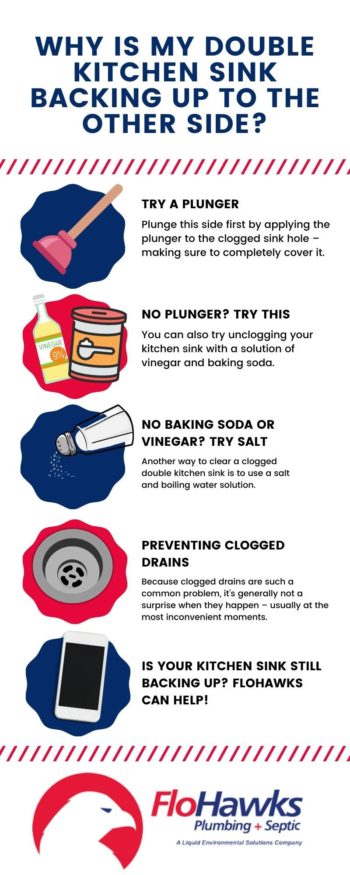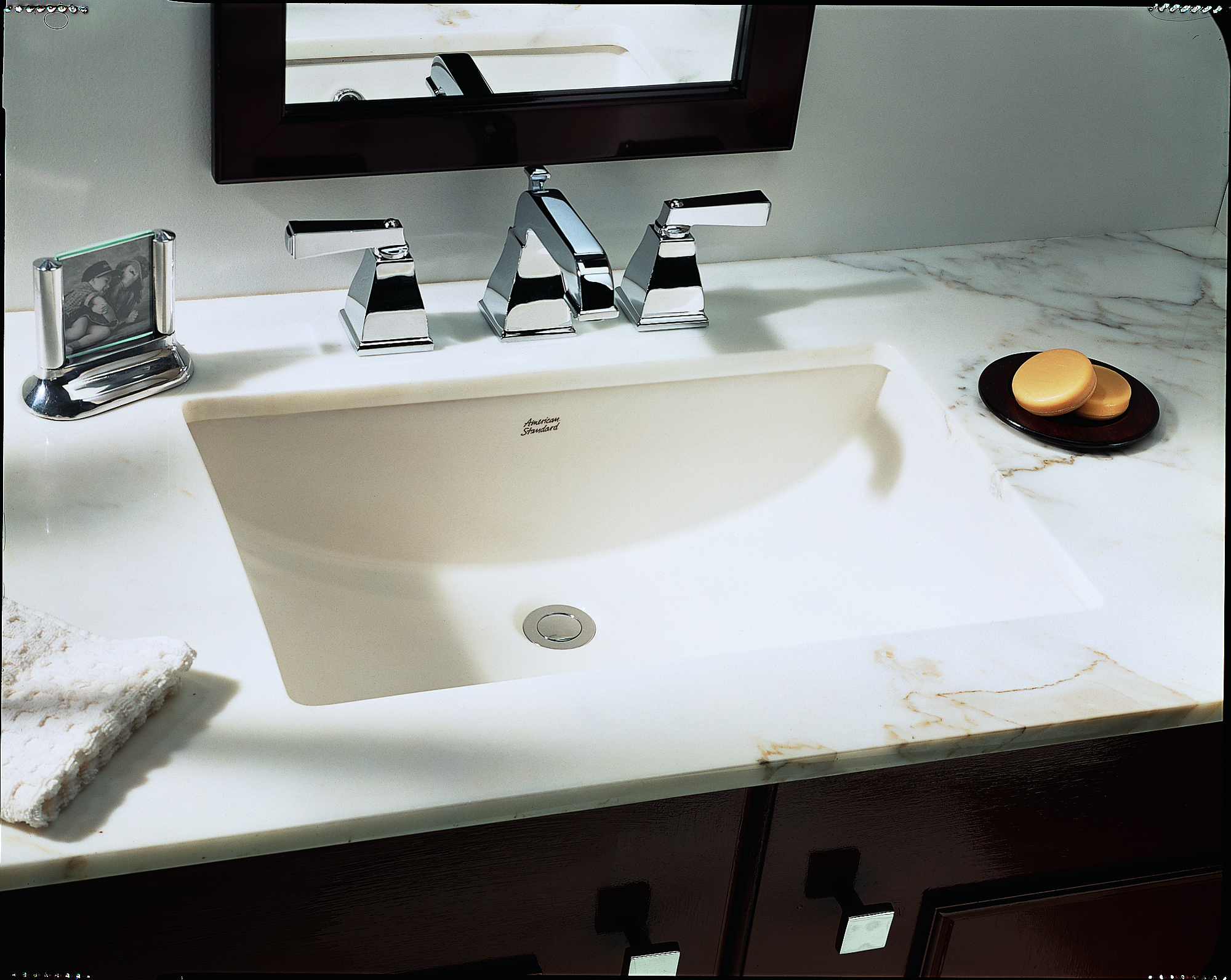A plunger can be a simple and effective tool for unclogging a kitchen sink on both sides. Start by filling one side of the sink with a few inches of water and covering the other side with a wet cloth. Place the plunger over the clogged drain and vigorously plunge up and down. The pressure from the plunging motion should dislodge the clog and allow the water to drain. If this doesn't work, try using a plumbing snake to physically remove the clog.Unclogging a Kitchen Sink with a Plunger
If using a plunger doesn't work, there are a few other methods you can try to unclog a double kitchen sink. One option is to mix equal parts baking soda and white vinegar and pour it down the clogged drain. Let it sit for about 30 minutes before pouring hot water down the drain to flush out the clog. You can also try using a mixture of hot water and dish soap or a commercial drain cleaner. Just be sure to follow the instructions carefully and use caution when working with chemicals.How to Unclog a Double Kitchen Sink
Sometimes, simple household items can be surprisingly effective in unclogging a kitchen sink on both sides. For example, you can try pouring boiling water down the drain to melt away any grease or soap buildup. You can also use a wire hanger to fish out any debris that may be causing the clog. Another DIY solution is to mix hot water with a few tablespoons of salt and pour it down the drain. Let it sit for a few hours before flushing with hot water.DIY Fixes for a Clogged Kitchen Sink
If the clog is located in the drain pipe rather than the actual drain, you may need to remove the drain trap to access and clear the clog. First, place a bucket or bowl underneath the trap to catch any water that may spill out. Then, use a wrench to loosen the slip nuts and remove the trap. You can then use a wire hanger or plumbing snake to remove any debris from the pipe. Once the clog has been cleared, reattach the trap and run hot water down the drain to ensure it is completely clear.Clearing a Clogged Kitchen Sink Drain
Baking soda and vinegar can be a powerful combination for unclogging a kitchen sink on both sides. Start by pouring half a cup of baking soda down the drain, followed by a cup of white vinegar. The mixture will start to fizz and bubble, which can help loosen and dissolve any clogs. Let it sit for about 30 minutes before flushing with hot water. If the clog is particularly stubborn, you may need to repeat this process a few times.Using Baking Soda and Vinegar to Unclog a Kitchen Sink
If your kitchen sink is completely clogged and won't drain at all, you may need to remove the trap and clean it out. This can be a messy and unpleasant task, so be sure to wear gloves and have a bucket or bowl ready to catch any water and debris. Once the trap is removed, you can use a wire hanger or plumbing snake to remove any clogs from the pipe. After the trap is reattached, run hot water down the drain to ensure it is completely clear.How to Fix a Clogged Kitchen Sink That Won't Drain
A clog in a double kitchen sink can be frustrating, as it can affect both sides of the sink. If using a plunger or DIY methods doesn't work, you may need to remove the drain plug and clean it out. This can be done by unscrewing the nut underneath the sink and removing the plug. Then, use a wire hanger or plumbing snake to remove any clogs from the pipe. Once the plug is reattached, run hot water down both sides of the sink to ensure it is fully unclogged.Removing a Clog from a Double Kitchen Sink
Prevention is always better than cure, so here are some tips to help prevent a clogged kitchen sink on both sides in the future. Avoid pouring grease or oil down the drain, as it can solidify and cause clogs. Use a drain strainer to catch any food particles and empty it regularly. Keep an eye on your garbage disposal and avoid putting large or hard items down it. Regularly flush your drains with hot water to help prevent buildup.Tips for Preventing a Clogged Kitchen Sink
If all else fails, it may be time to call in a professional plumber to unclog your kitchen sink. They have the tools and expertise to tackle even the toughest clogs and can help identify and fix any underlying issues that may be causing the clogs. They may also offer preventive maintenance services to help keep your kitchen sink running smoothly in the future.Professional Solutions for a Clogged Kitchen Sink
Understanding the common causes of clogged kitchen sinks can help you prevent them in the future. Some of the most common causes include food particles, grease and oil buildup, and foreign objects like utensils or toys accidentally going down the drain. It's important to be mindful of what you put down your kitchen sink and to regularly maintain and clean your drains to prevent clogs from occurring.Common Causes of a Clogged Kitchen Sink on Both Sides
How to Fix a Clogged Kitchen Sink on Both Sides

Understanding the Problem
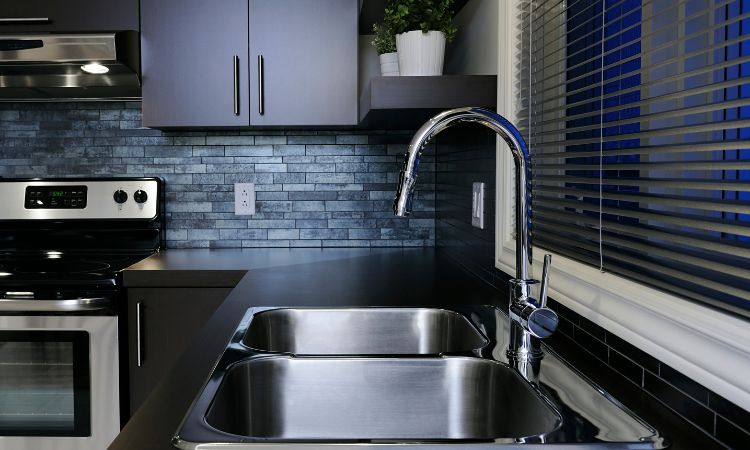 Clogged kitchen sinks on both sides
can be a major inconvenience and can disrupt your daily routine. It can also lead to foul odors and potential water damage if left untreated. The first step in fixing a clogged kitchen sink is to understand the cause. Common culprits include food scraps, grease buildup, and foreign objects like utensils or small toys that accidentally fell down the drain.
Clogged kitchen sinks on both sides
can be a major inconvenience and can disrupt your daily routine. It can also lead to foul odors and potential water damage if left untreated. The first step in fixing a clogged kitchen sink is to understand the cause. Common culprits include food scraps, grease buildup, and foreign objects like utensils or small toys that accidentally fell down the drain.
Removing the Clog
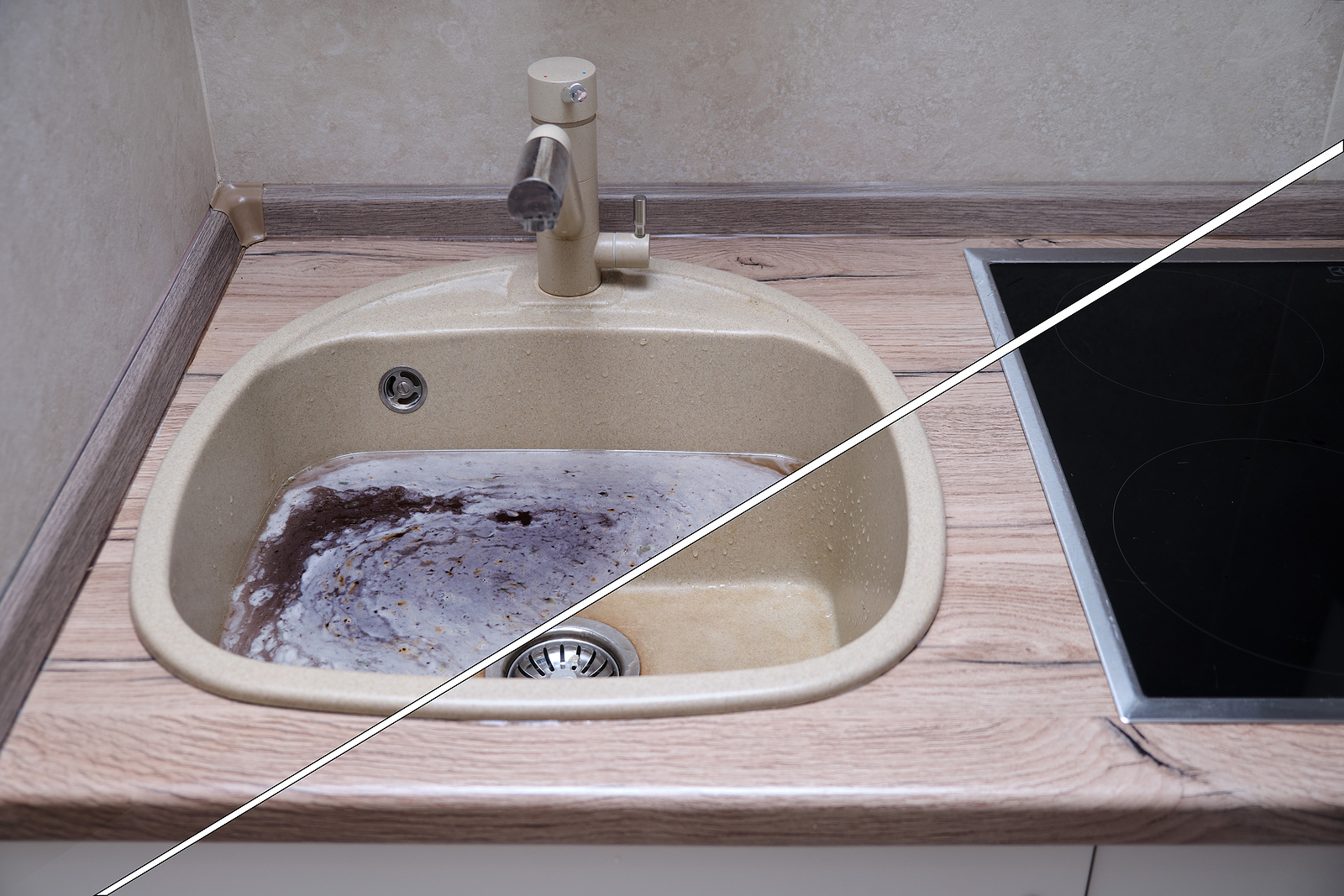 Once you have identified the cause of the clog, you can begin the process of removing it. For
grease buildup
, try pouring boiling water down the drain to loosen the grease, followed by a mixture of baking soda and vinegar. Let it sit for a few minutes before flushing with hot water. For
food scraps
, use a plunger to create suction and dislodge the clog. If the clog is caused by a foreign object, you may need to use a plumbing snake to retrieve it.
Once you have identified the cause of the clog, you can begin the process of removing it. For
grease buildup
, try pouring boiling water down the drain to loosen the grease, followed by a mixture of baking soda and vinegar. Let it sit for a few minutes before flushing with hot water. For
food scraps
, use a plunger to create suction and dislodge the clog. If the clog is caused by a foreign object, you may need to use a plumbing snake to retrieve it.
Preventing Future Clogs
 To prevent
kitchen sink clogs on both sides
in the future, it's important to properly dispose of food scraps and avoid pouring grease down the drain. You can also install a sink strainer to catch any large debris before it goes down the drain. Regularly cleaning your drains with a mixture of baking soda and vinegar can also help prevent buildup.
To prevent
kitchen sink clogs on both sides
in the future, it's important to properly dispose of food scraps and avoid pouring grease down the drain. You can also install a sink strainer to catch any large debris before it goes down the drain. Regularly cleaning your drains with a mixture of baking soda and vinegar can also help prevent buildup.
When to Call a Professional
 If your attempts to fix the clog yourself are unsuccessful, it may be time to call a professional plumber. They have the necessary tools and expertise to tackle even the toughest clogs. It's also important to call a professional if you notice any other issues with your plumbing, such as slow drainage or foul odors, as it may be a sign of a larger underlying problem.
In conclusion, dealing with a clogged kitchen sink on both sides can be a frustrating experience, but with the right knowledge and tools, it can be easily fixed. Remember to properly identify the cause of the clog, use the appropriate methods to remove it, and take preventative measures to avoid future clogs. And if all else fails, don't hesitate to call a professional for assistance.
If your attempts to fix the clog yourself are unsuccessful, it may be time to call a professional plumber. They have the necessary tools and expertise to tackle even the toughest clogs. It's also important to call a professional if you notice any other issues with your plumbing, such as slow drainage or foul odors, as it may be a sign of a larger underlying problem.
In conclusion, dealing with a clogged kitchen sink on both sides can be a frustrating experience, but with the right knowledge and tools, it can be easily fixed. Remember to properly identify the cause of the clog, use the appropriate methods to remove it, and take preventative measures to avoid future clogs. And if all else fails, don't hesitate to call a professional for assistance.
:max_bytes(150000):strip_icc()/plumber-unclogging-kitchen-sink-169270382-5797a9355f9b58461f27f024.jpg)
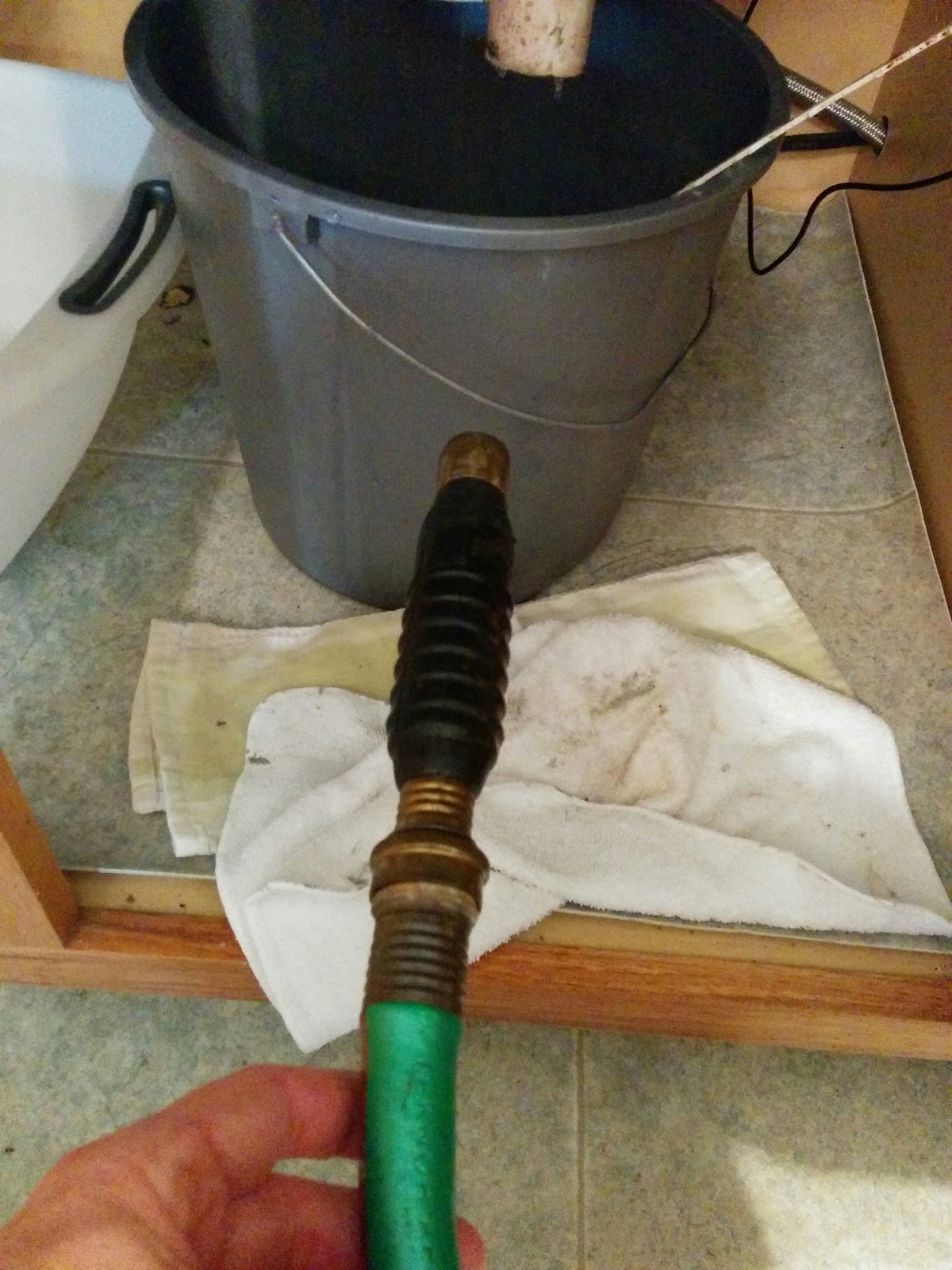




:max_bytes(150000):strip_icc()/woman-wearing-yellow-washing-up-gloves-to-unblock-sink-using-plunger-close-up-131987463-5887cfc03df78c2ccd92ec9e.jpg)
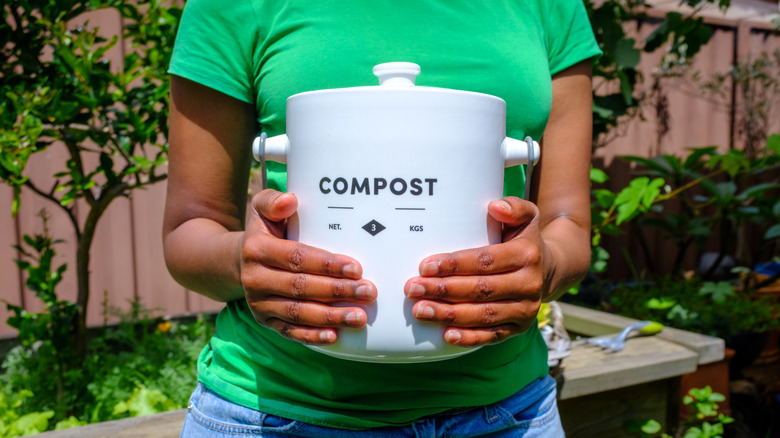






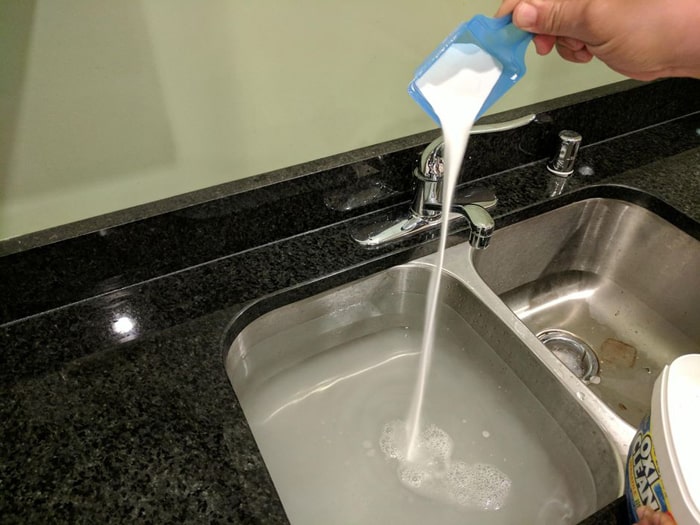


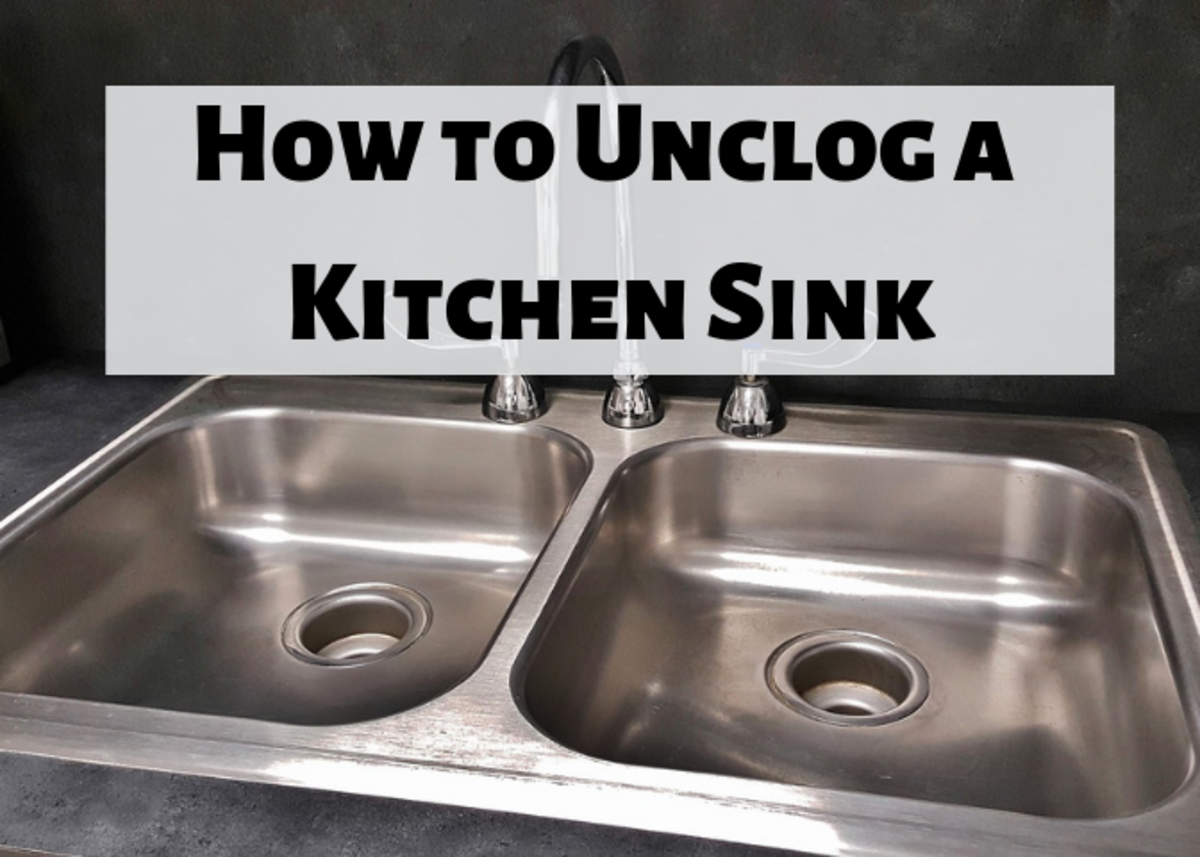






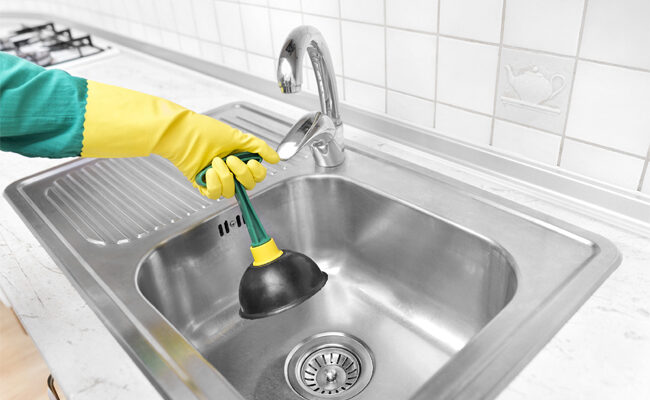







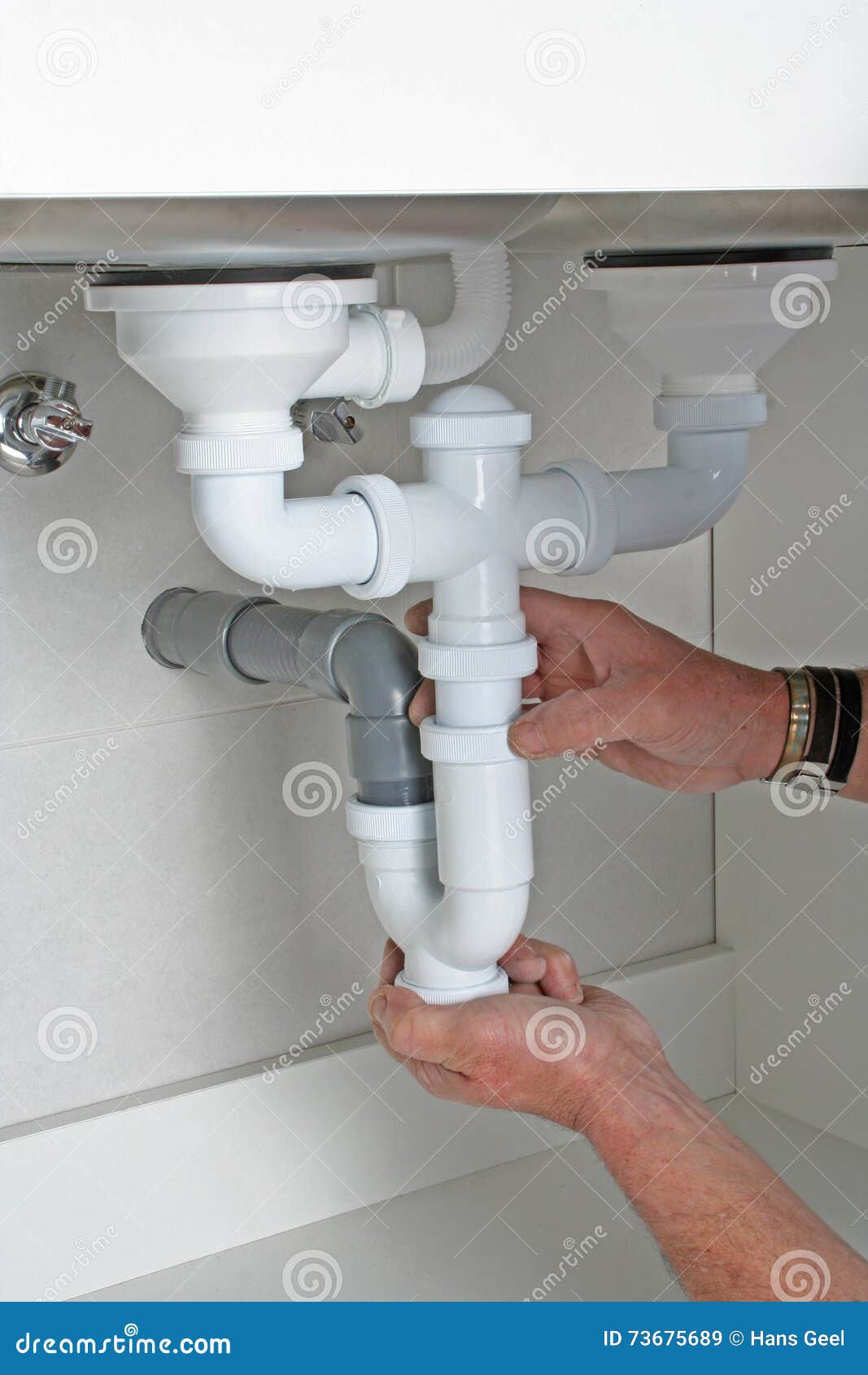


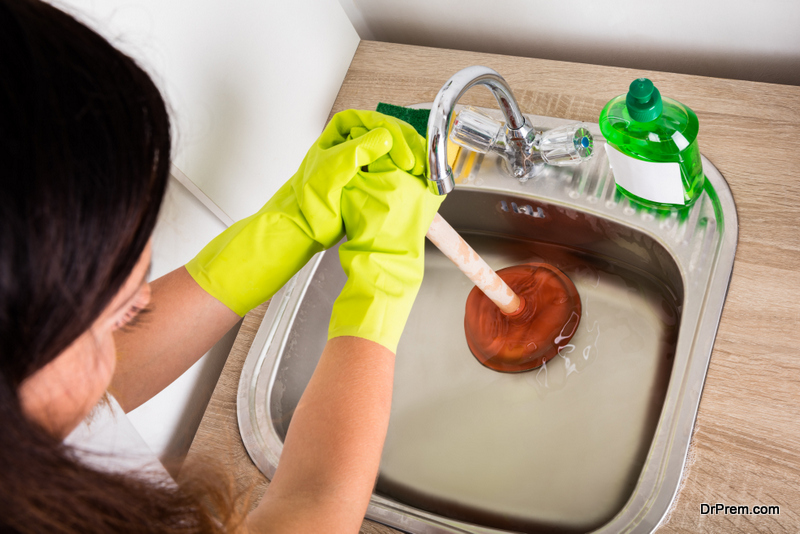
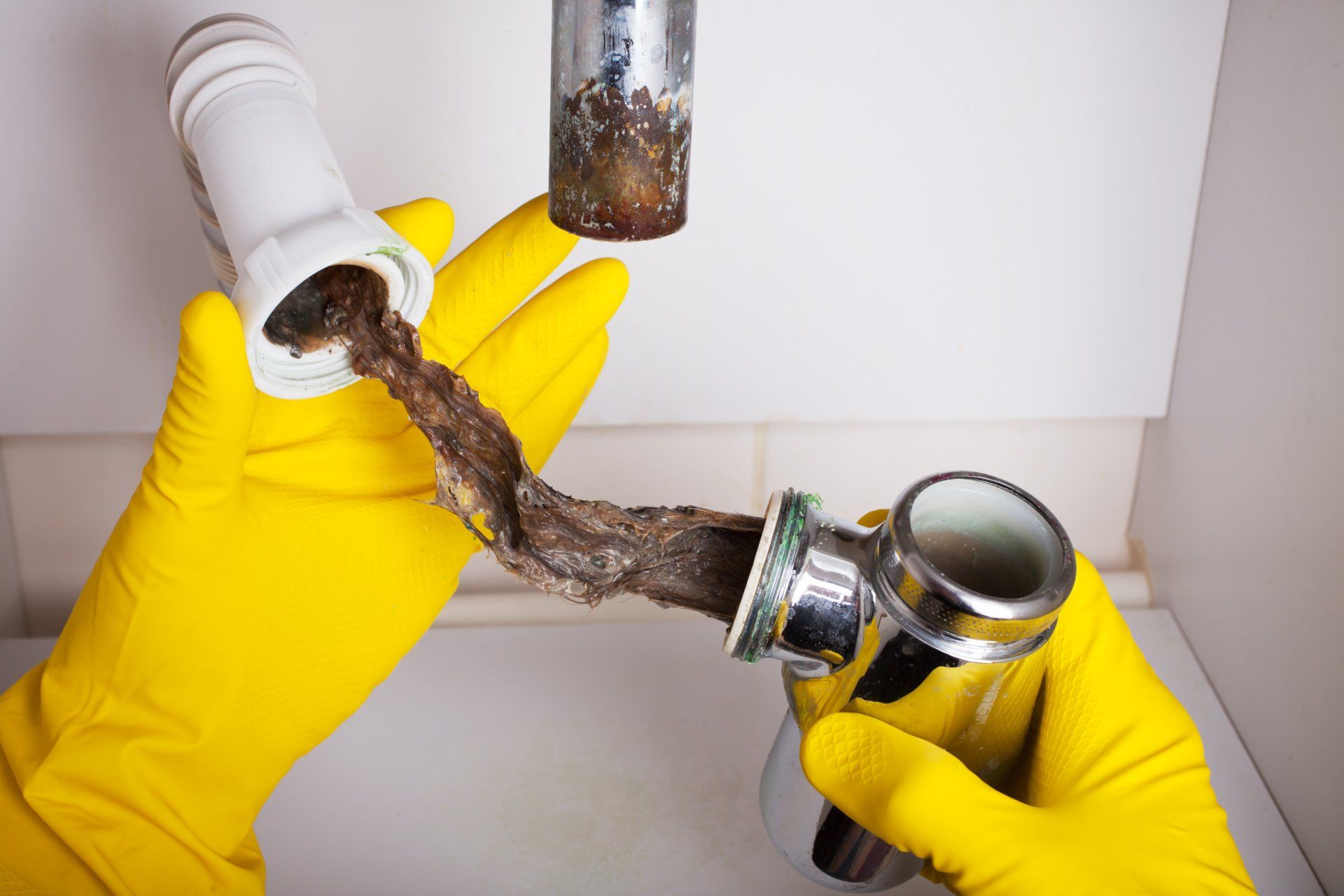

:max_bytes(150000):strip_icc()/freshen-and-unclog-drain-with-baking-soda-1900466-22-bbf940b70afa4d5abef0c54da23b1d3f.jpg)
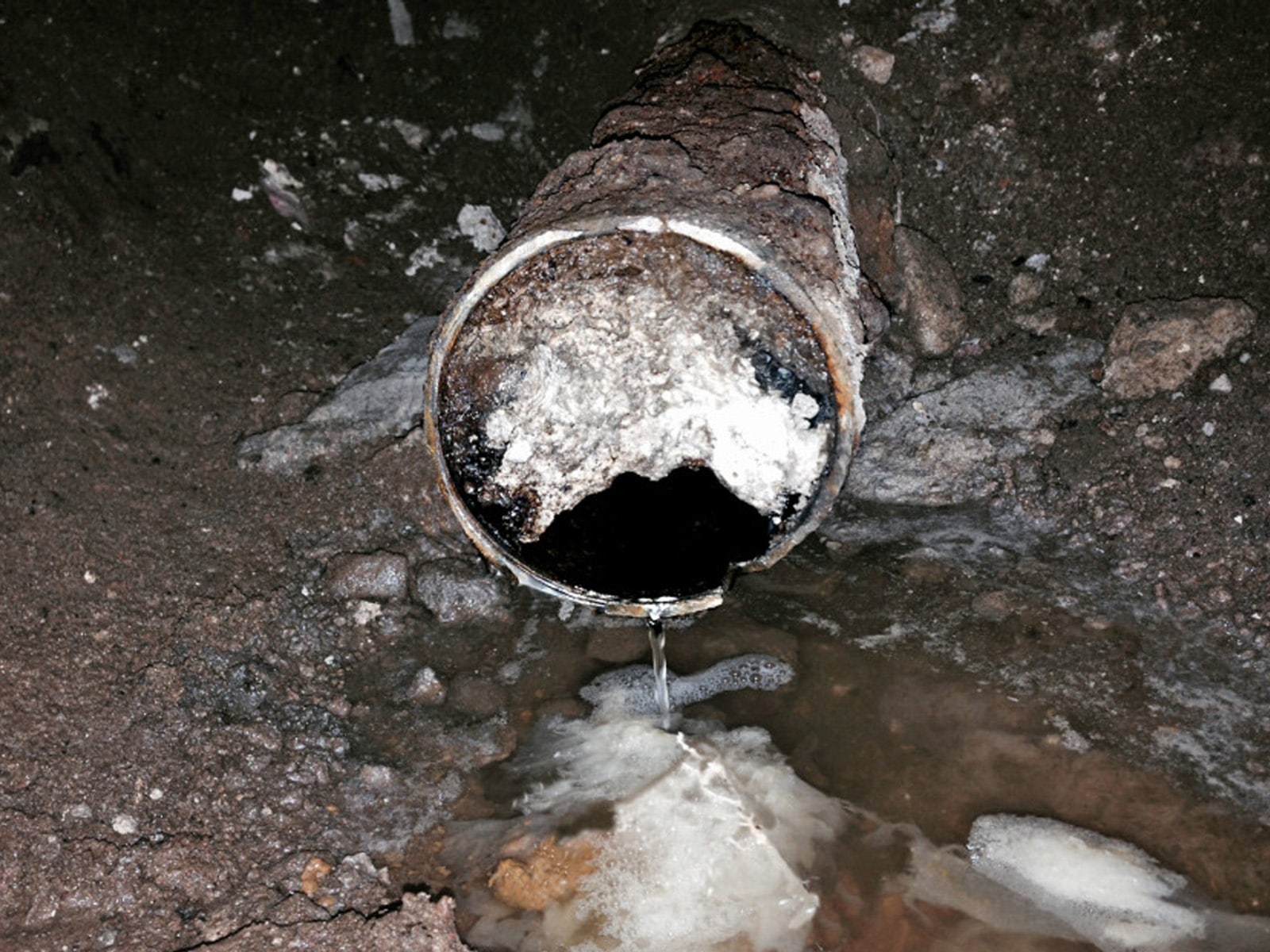



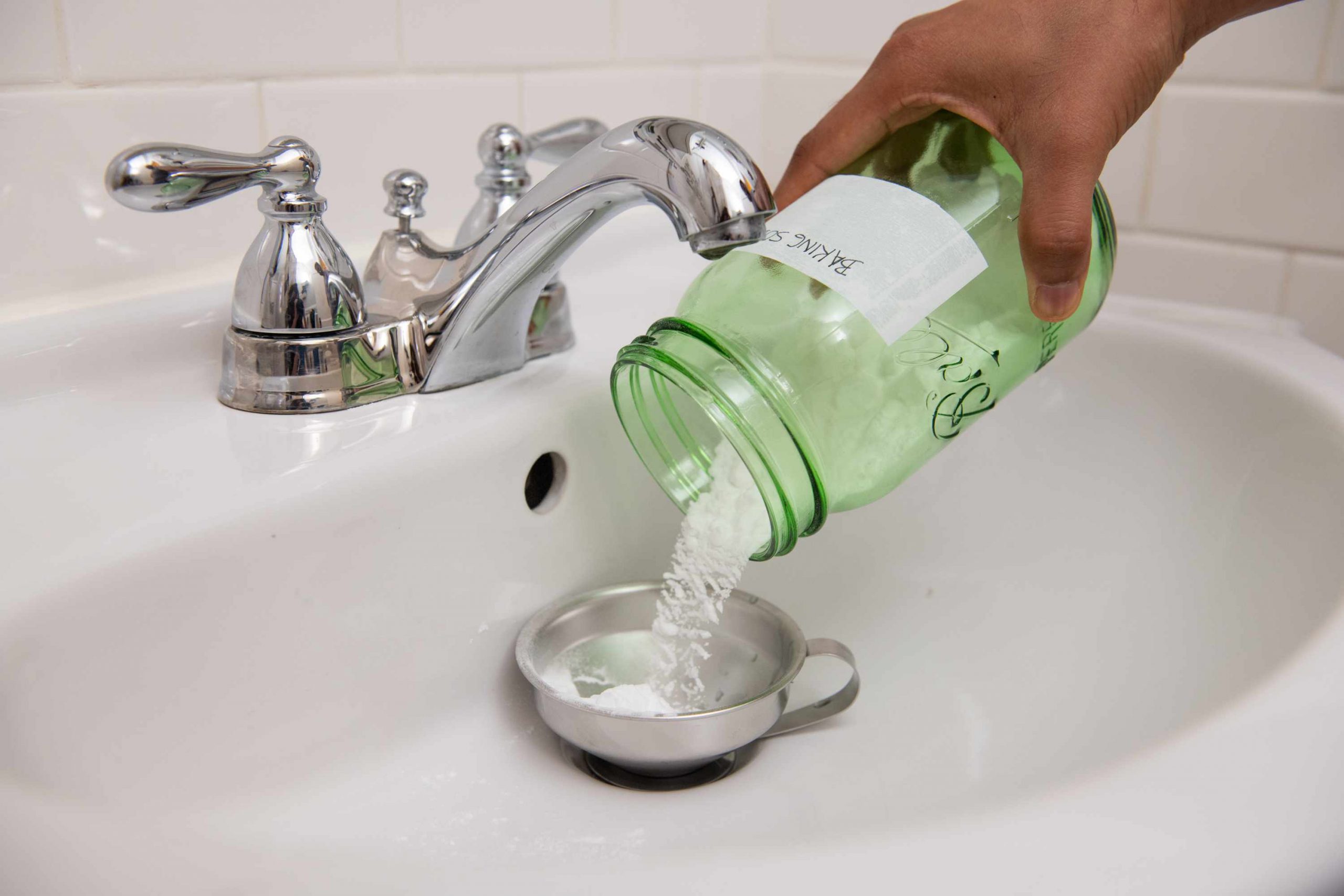
:max_bytes(150000):strip_icc()/freshen-and-unclog-drain-with-baking-soda-1900466-22-bbf940b70afa4d5abef0c54da23b1d3f.jpg)
